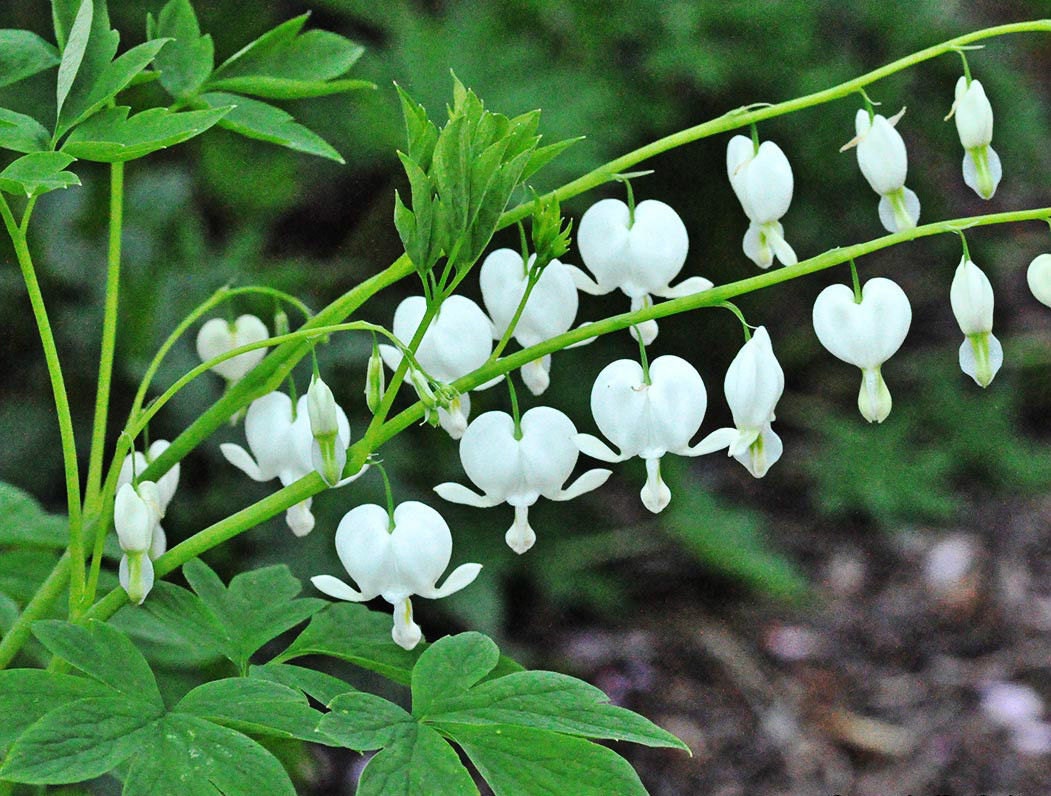
Uniconazole (Sumagic/Concise) is also effective at controlling elongation, at rates of 5-10 ppm. Pinch plants 2 weeks after transplanting to increase lateral branching.Īpply daminozide (B-Nine or Dazide) at 2,500 ppm if needed shortly after pinching. Plugs work well for trade gallon containers. Cool conditions will cause growth to stall out.īare root provides a fuller looking plant and is good for larger containers such as premium 1 gallon or 2 gallon sizes. The most common diseases of false sunflower are leaf spots (Ascochyta, Cercospora, Phyllosticta and Septoria), rust and powdery mildew.

Grower's Corner Grower's Corner Grower's CornerĪphids, leafminers, thrips and whiteflies are the most common pests.Proven Winners ® Proven Winners ® Proven Winners ®.These factors are completely beyond the control of the seller, and the results of germination and growth are the responsibility and risk of the buyer. Seeds are living products that depend on many important factors in the grower such as proper planting time, seed depth, soil type, soil conditions, light intensity, watering, proper use of fertilizers, weed control, fungicides, insecticides, and reasonable weather during the period. Several months will be required for some seeds. PREPARE - Some Seeds can be a bit difficult to germinate - a lot of patience and time may be required - it is normal that the seeds may not germinate after a short time. PLEASE READ FIRST BEFORE DECIDING TO BUY ! The flower or plant in the photo is a reference to when the plant has flowered when the seeds have been planted. Buyers should do their own research for plant uses if needed. Note: Tropical seed germination usually occurs sporadically from 30 days to 6 months or more, so patience is required. Most of the seeds in our store have been harvested by hand & all tested for a high germination rate. Wishing you good luck with this beautiful. Do not move the plant outside until after the last frost.ħ.) Once your plants have a few mature leaves, they are ready to be transplanted into larger pots and planted in the shade for their first year.Ĩ.) Continue watering whenever the soil feels barely moist at the top, then transfer to a larger container, or shady garden bed in early fall (too much heat or sunlight will cause your flowers to be short-lived (ephemeral), and although they do not die, they become dormant, but the roots are still fine.

Once you see some growth, thin out the weakest ones and leave only one plant in each pot. Don't let them dry completely, but don't let them stay wet (seeds can get moldy if they get wet).Ħ.) Growing a Bleeding Heart plant requires patience as it takes two to six months. Press the peat to make it slightly firm.ģ.) Take some plastic wrap and then completely wrap the pot you have made, then put it in the freezer for about six weeks.Ĥ.) Once you take the pot out of the freezer place it on a propagation mat at about 60-65 degrees near a window that lets in plenty of sunlight.ĥ.) When the soil feels barely moist at the very top, you can water the plants. Insert only one seed into the hole, then cover it with loose peat that has been slightly moistened. They will bloom in summer-fall.ġ.) Moisten a mixture of half coarse sand and half milled peat in a small saucepan (46") with water.Ģ.) You just need to sow 3-4 seeds in each pot, make a half inch deep hole for each seed. Long bloomer type of flower that will attract a lot of butterflies. īlack Bleeding Heart has dazzling black flowers.


 0 kommentar(er)
0 kommentar(er)
